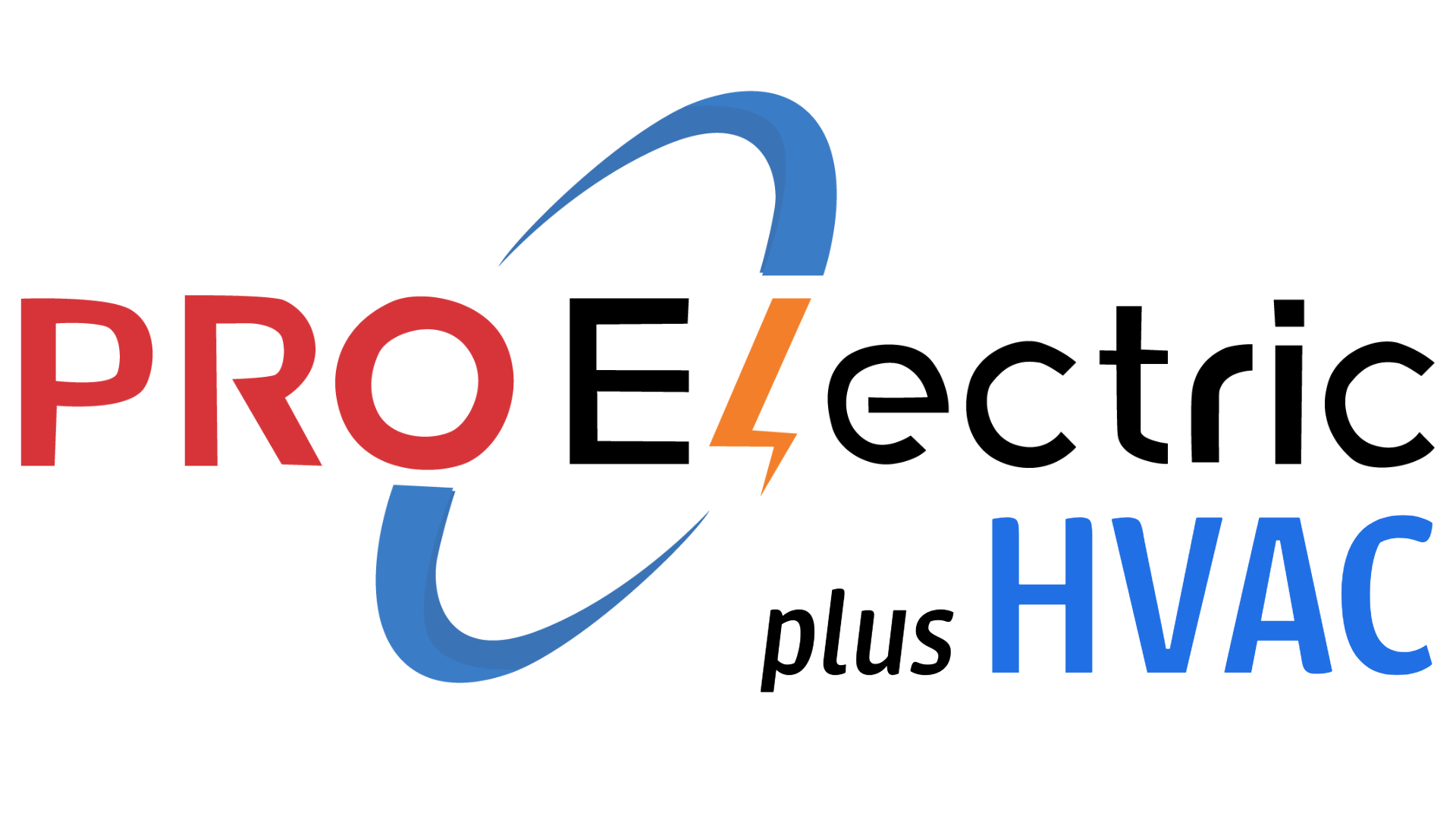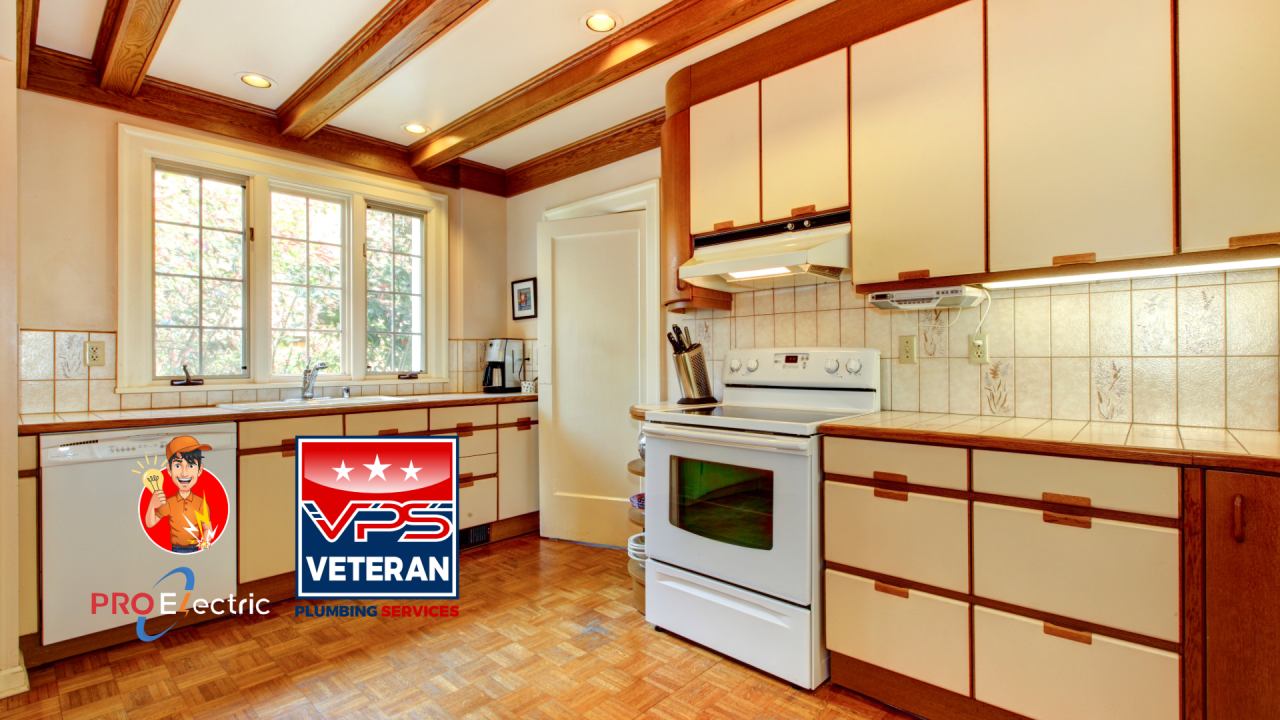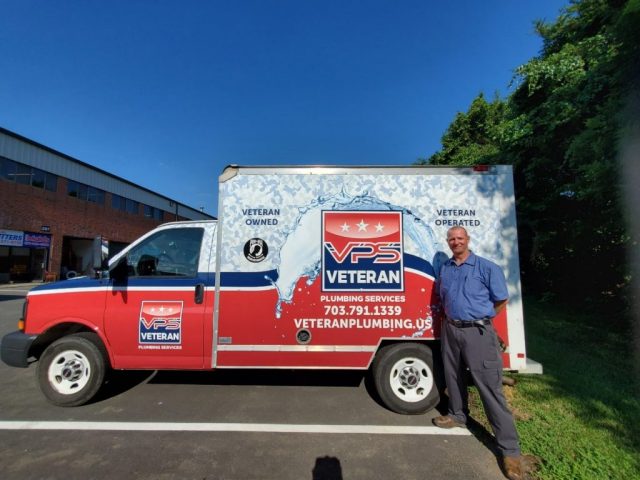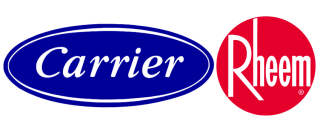When considering the purchase of a home built before 1970 in Northern Virginia, it’s essential to understand the unique challenges these properties present.
- Are you aware of the dangers lurking in a home built before 1970 and how they could impact your safety and financial well-being?
- What would you do if your dream home turned into a never-ending series of costly repairs, all because critical inspections were overlooked?
- How prepared are you to handle the unique challenges of an older home, and do you know which inspections are crucial before making your purchase?
Purchasing a property with such outstanding and intolerable issues should be highly avoided unless you wish to buy more problems instead of a home.
Electric problems, leaky faucets, and lean and bulging frameworks can drain your wallet and expose you to the threats and risks inside your household.
Such homes, called “money pits,” almost always need repair till the house owner is too fed up to enjoy and live in his or her investment.
Exhausting these unnecessary stresses, the same should have been done earlier on the property to buy such properties.
Adequate electric, plumbing, roofing, and structural inspection can mitigate red flags quickly, allowing one to discuss amendments or cancel the deal to avoid a cash loss.
Of course, optimal inspections from the starting position are made, supposing someone is sponging himself to the headaches and expenses owning such a house brings in.
This guide highlights the top 50 problems you may encounter, helping you make an informed decision and plan for necessary upgrades.
Types of Home Inspections
Electrical Inspection
Assesses wiring, outlets, and circuit breakers. Identifies outdated or hazardous electrical systems.
Plumbing Inspection
It checks for leaks, pipe corrosion, and sewer line conditions. It is essential for homes with old or lead pipes.
Roofing Inspection
Evaluate shingles, flashing, and roof structure. Identifies potential leaks or ventilation issues.
Insect and Pest Inspection
Focuses on termites, rodents, and other pests. Crucial for preventing structural damage.
HVAC Inspection
Examines heating and cooling systems for efficiency. Identifies outdated or failing units.
Insulation and Ventilation Inspection
Check insulation levels and ventilation in attics and crawl spaces. Prevents energy inefficiency and moisture problems.
Structural Inspection
Assesses foundation, walls, beams, and floors for stability. Identifies signs of settling or cracking.
Common Issues with Older Homes
Electrical Issues
Outdated Wiring
- Knob-and-Tube Wiring: Lacks grounding, prone to overheating.
- Aluminum Wiring: Oxidizes, causing potential fire hazards.
- Insufficient Electrical Capacity: Overloaded circuits, frequent tripping breakers.
Lack of Grounding
- Two-Prong Outlets: Poses shock risks.
- No Ground Fault Circuit Interrupters (GFCIs): Essential for preventing shocks in wet areas.
Plumbing Issues
Old Pipes
- Galvanized Steel Pipes: Prone to rust and corrosion.
- Lead Pipes: Significant health risks.
- Polybutylene Pipes: Prone to failure and leaks.
Outdated Fixtures
- Inefficient Toilets: Use excessive water.
- Leaky Faucets: Wastewater and cause damage.
Sewer Line Issues
- Root Intrusion: Causes blockages and backups.
- Collapsing Sewer Lines: Require expensive repairs.
Roofing Issues
Worn-Out Shingles
- Asphalt Shingles: Become brittle and crack.
- Wood Shingles: Prone to rot and mold.
Lack of Insulation
- Poor Roof Ventilation: Leads to moisture buildup.
- Ice Dams: Cause roof leaks and water damage.
Insulation Issues
Inadequate Insulation
- Minimal Attic Insulation: Leads to heat loss in winter and heat gain in summer.
- Wall Insulation: Little to no insulation reduces energy efficiency.
Asbestos Insulation
- Asbestos in Attics and Walls: Poses significant health risks.
- Asbestos Pipe Insulation: Dangerous as it deteriorates.
Paint Issues
Lead Paint
- Lead-Based Paint: Serious health risks, especially to children.
- Peeling and Chipping Paint: Hazardous dust and chips.
Old Finishes
- Cracked and Faded Paint: Requires frequent maintenance.
- Moisture Damage: Peeling paint in damp areas.
Old Heating and Cooling Systems
Inefficient Heating
- Old Furnaces: Less efficient, leading to higher energy bills.
- Radiator Issues: Prone to leaks or blockages.
Outdated Air Conditioning
- Window Units: Less efficient and noisy.
- Inefficient Central Air: Prone to breakdowns.
Poor Ventilation
Lack of Exhaust Fans
- Bathroom Ventilation: Leads to mold and mildew.
- Kitchen Ventilation: Causes moisture buildup.
Attic Ventilation
- Inadequate Attic Venting: Leads to heat and moisture problems.
Structural Issues
Foundation Problems
- Cracking and Settling: Causes uneven floors.
- Moisture Intrusion: Further damages the foundation.
Termite Damage
- Wood Structure Damage: Compromises structural integrity.
- Hidden Infestations: Causes significant damage over time.
Not Energy Efficient
Single-Pane Windows
- Drafty Windows: Lead to higher energy costs.
- Lack of Weather Stripping: Causes air leaks.
Inefficient Appliances
- Old Refrigerators: Use more energy.
- Outdated Water Heaters: Less efficient and may struggle to meet demand.
Lack of Energy-Efficient Lighting
- Incandescent Bulbs: Less energy-efficient.
- Poor Lighting Design: Increases electricity usage.
Dangers of Buying a Home with Never-Ending Issues
Buying a home with persistent, unresolved issues can quickly become a financial and emotional burden.
Proper inspections before purchase can identify potential red flags early, allowing you to negotiate repairs or walk away from a risky deal.
Conducting thorough inspections protects you from the long-term costs and stress of owning a home with never-ending issues.
